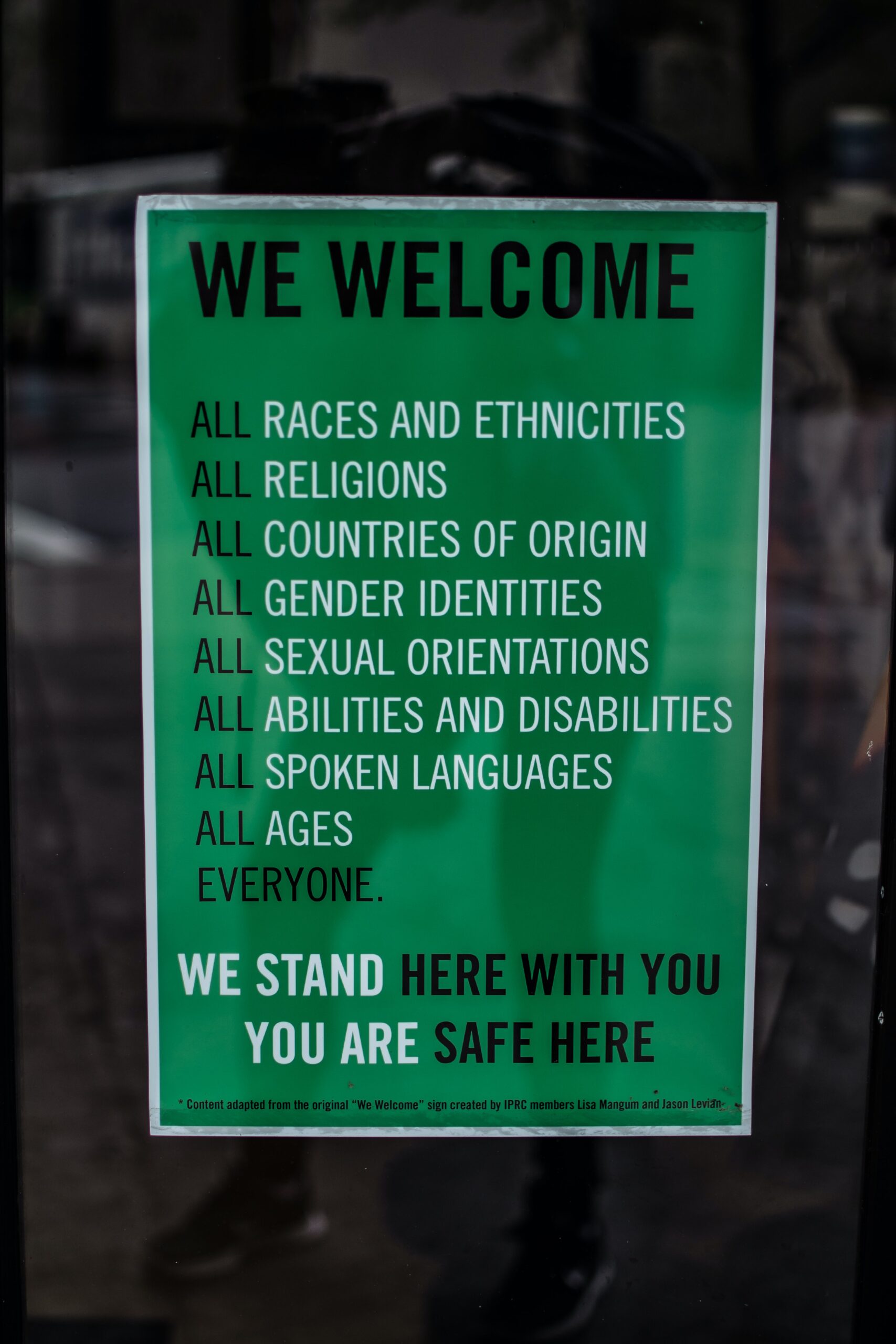Celebrating differences
Diversity has become an even more relevant topic when discussing the development of a work team. Many young business owners are busy playing catch-up because amplifying diverse voices wasn’t prioritized until recently.
Diversity represents differences in race, religion and gender identity. Differences in those pillars of identity promote diversity. However, Sciencedirect stated that diversity also means a distinction in age, physical abilities, cultural background, language and sexual orientation.
Harvard Business Review adds onto what is considered workforce diversity by including employees who have diverse career paths, industry backgrounds and education levels.
Workforce diversity is an essential business strategy. In fact, it increases respectful employee dynamics by empowering underrepresented employees and appreciating different talents and abilities.
In a space where diverse employees excel, diverse clientele is exposed to different talents and skills. This elevates their experience from the moment they walk through the door.
An example of this is the ability to speak different languages. Sciencedirect confirms that when multicultural employees speak different languages and have different cultural understandings, they can better connect with customers. They do so by eliminating language barriers.
These critical skills extend to operations behind the scenes. Diverse workforces easily become knowledgeable in problem-solving due to the chance of sharing alternative perceptions and interpretations of an issue. In meetings or team gatherings, diverse workforces can voice additions to day-to-day procedures or company policies to better accommodate the needs of marginalized customers.
Such improvements in business operations benefit businesses long term. Harvard Business Review found that businesses that welcomed diversity in their workforce were more innovative. In fact, businesses with above-average diversity levels had 19 per cent higher innovation revenues.
Innovation revenue refers to the revenue that results from new practices, procedures or products. Examples include changes in packaging, using digital technology and hiring a diverse team.
Employing a diverse workforce is a profitable and ethical business practice. Yet, only 40 per cent of Canadian businesses in 2022 have implemented diversity and inclusion policies. That number is five per cent higher than the 2020 statistic. However, more than half of the country’s businesses are still missing out on a profitable way to increase productivity.
This may be due to businesses being influenced by possible collaborative issues.
Sciencedirect says that although diverse employees can bring different ideas and perceptions to the table, this may cause disagreements with colleagues or management. However, conflict resolution in this scenario requires looking for similarities, respecting differences and listening to find a middle ground.
Consistently implementing ethics regarding diversity and inclusion is necessary. In fact, workplace discrimination against gender, race and religion are often to blame in collaborative conflicts with diverse employees.
This implementation can be easier for small businesses. They typically don’t have a large number of employees. Regardless, this quality is an advantage when it comes to enforcing diversity in the workplace.
Firstly, management can ensure diverse voices are being heard by approaching marginalized or underrepresented employees. This allows them to get their input on business decisions. It ensures that they are not overshadowed by other employees’ voices. The ability to have these important conversations are easier with a smaller team.
Furthermore, smaller businesses need to make an effort to put marginalized employees on track to management positions. This can be done through the development of leadership programs or promotions.
For small businesses in the hiring process, it is essential to let marginalized workers know they are welcome and wanted. That should be done from as early as the job description. This can be achieved through inclusive language, which uses gender-neutral terms and gets rid of discriminatory vocabulary.
Ensuring visible minorities are welcomed within the workforce of a small business requires action. For one, owners and recruiters should push existing employees to refer minorities for available positions.
Lastly, once small businesses establish a diverse team, managers and owners need to keep up with religious and cultural holidays. Those in charge can plan how to celebrate such holidays in the workplace and avoid scheduling meetings on such days.
Achieving a diverse workforce should not work like a checklist. Workforce diversity is beneficial for business but it is also about providing underrepresented and marginalized individuals with the opportunity to feel supported in professional settings.

Grace Nelson-Gunness
Grace Nelson-Gunness is a reporter for Business Hub. She enjoys watching Criminal Minds or reading a suspenseful horror-thriller novel while drinking a vanilla latte.

